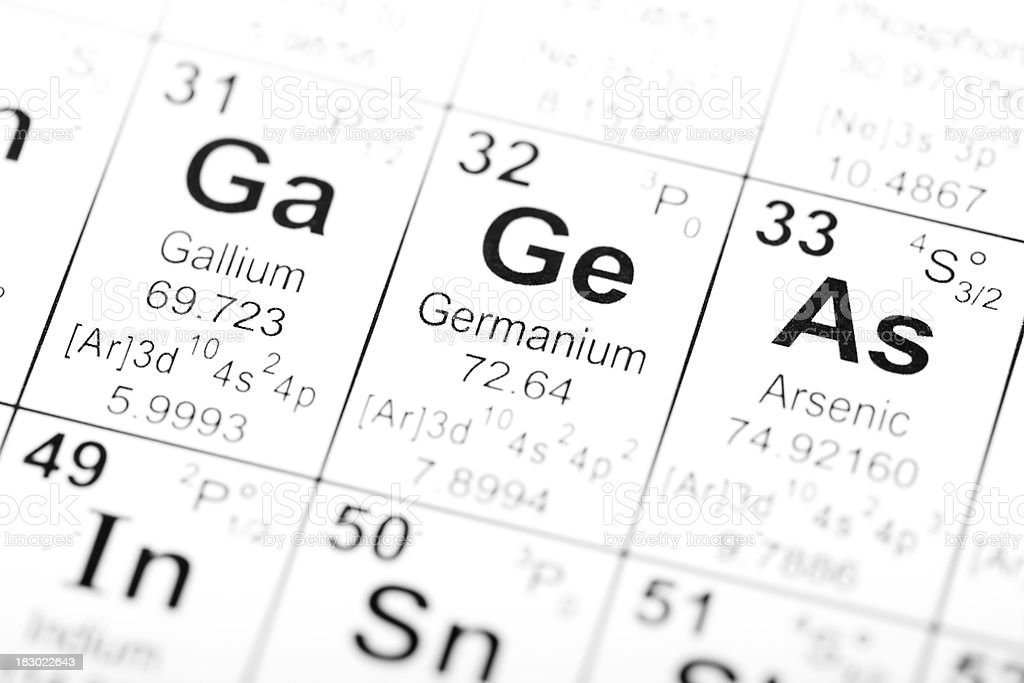In a move widely interpreted as a response to the restrictions placed on advanced semiconductor exports to China by the U.S. and its allies, China has recently tightened export restrictions on gallium and germanium.
These two materials are critical in chipmaking, and China’s new policy could heavily impact Japan, which is heavily dependent on China for 40% of its gallium and germanium needs.
Adding to the concerns is that China is the global leader in gallium production, responsible for a whopping 98% of the world’s supply.
Following China’s announcement of the restrictions in early July, gallium prices in the U.S. and Europe soared by 20% by the end of the month.

Japanese firms in the chipmaking industry, such as Mitsubishi Chemical Group and Sumitomo Chemical, are feeling the heat of the situation.
Even though these companies have assured that their immediate supply chain remains unaffected, they have conceded that they are keeping a vigilant eye on the unfolding circumstances and have explored diversifying their supply sources to ensure future stability.
Interestingly, while acknowledging the new restrictions, the Chinese Ministry of Commerce has promised that exports will not be completely halted.
The ministry clarified that exports of these chipmaking materials would be allowed to continue as long as they meet national security criteria.
Looking at the broader picture, these restrictions are not isolated incidents.
They are seen as a part of China’s retaliation strategy, mirroring Japan’s own measures in 2019 when it imposed export controls on chipmaking materials to South Korea.
Observers speculate that China might employ these export controls as an economic and diplomatic lever, echoing its tactics with rare earths in the past.

